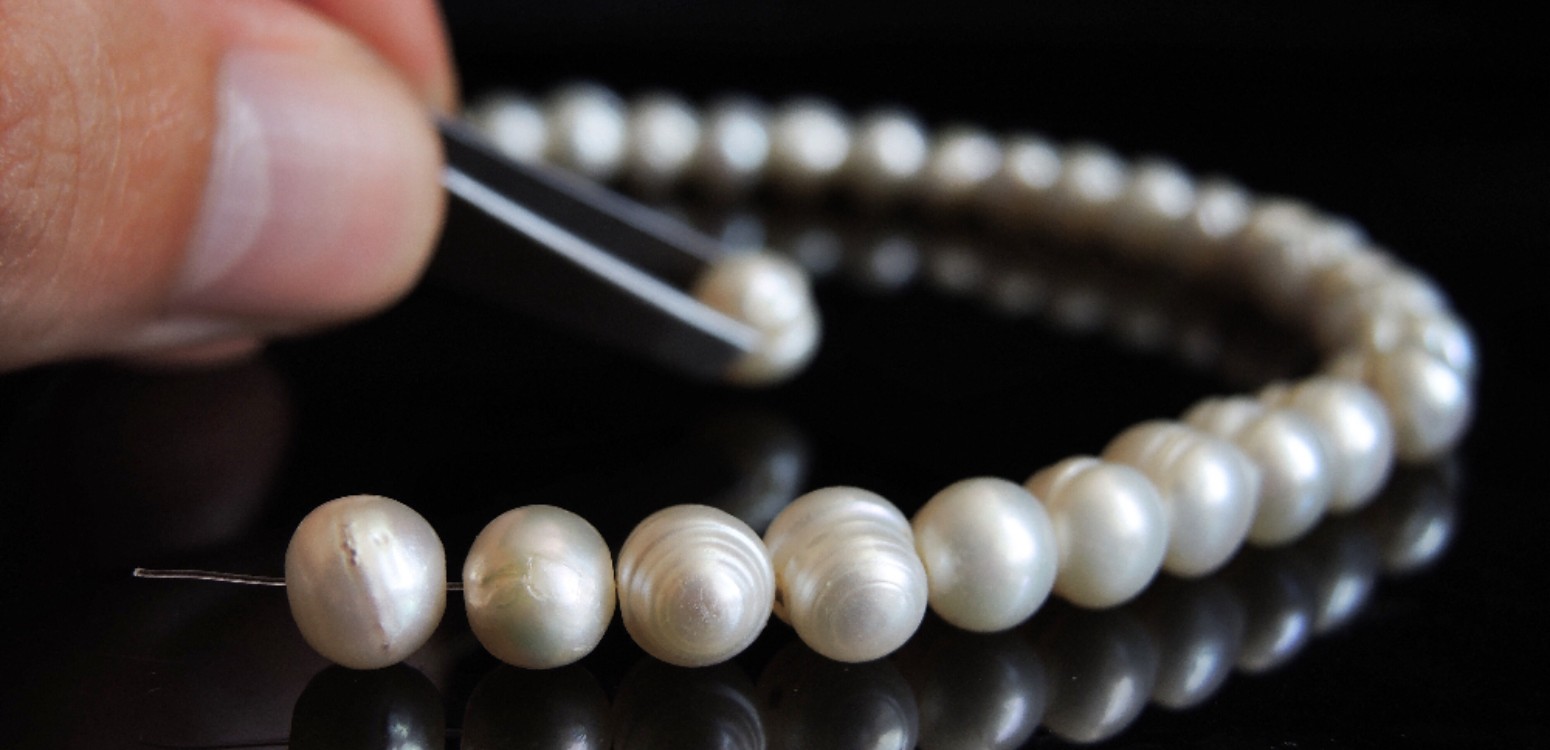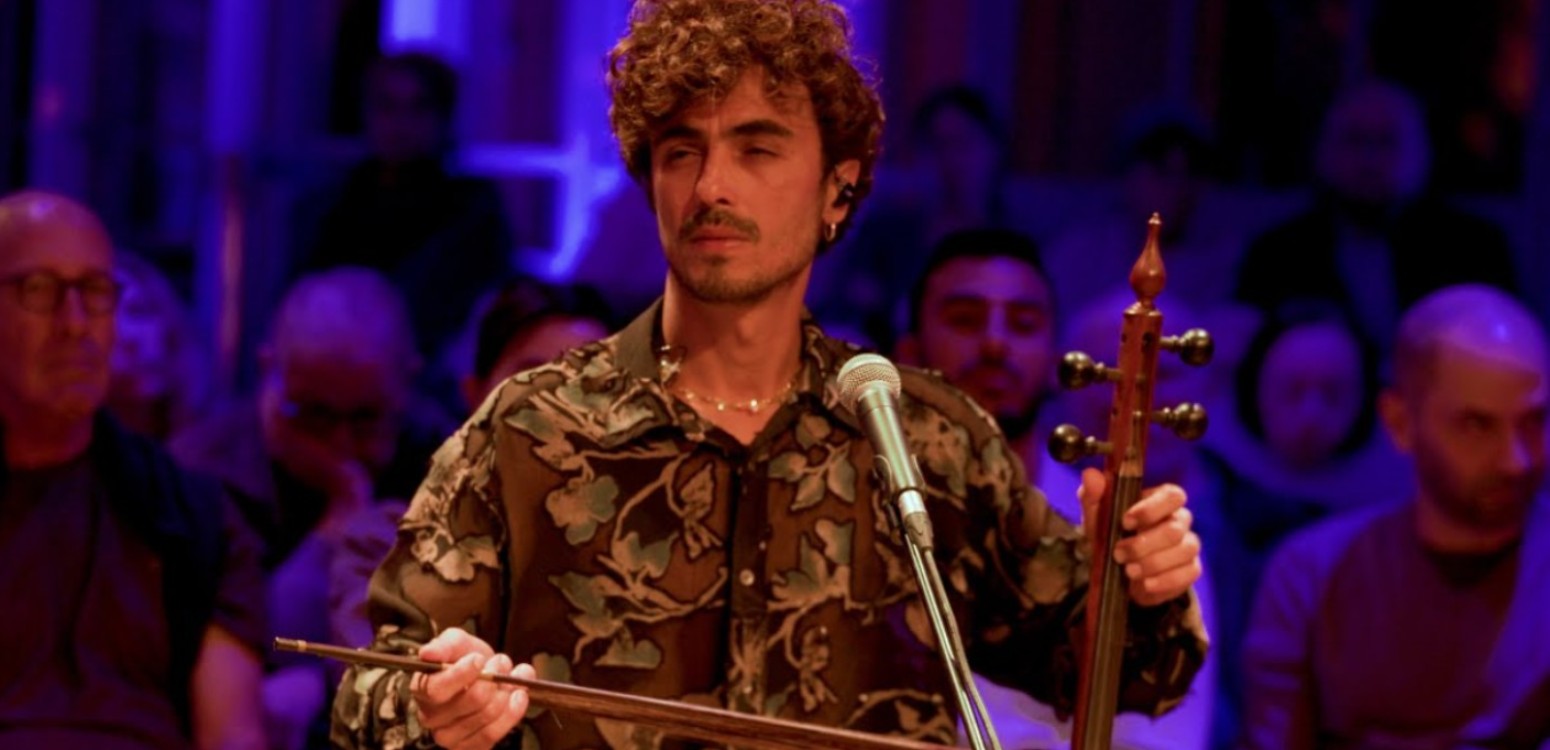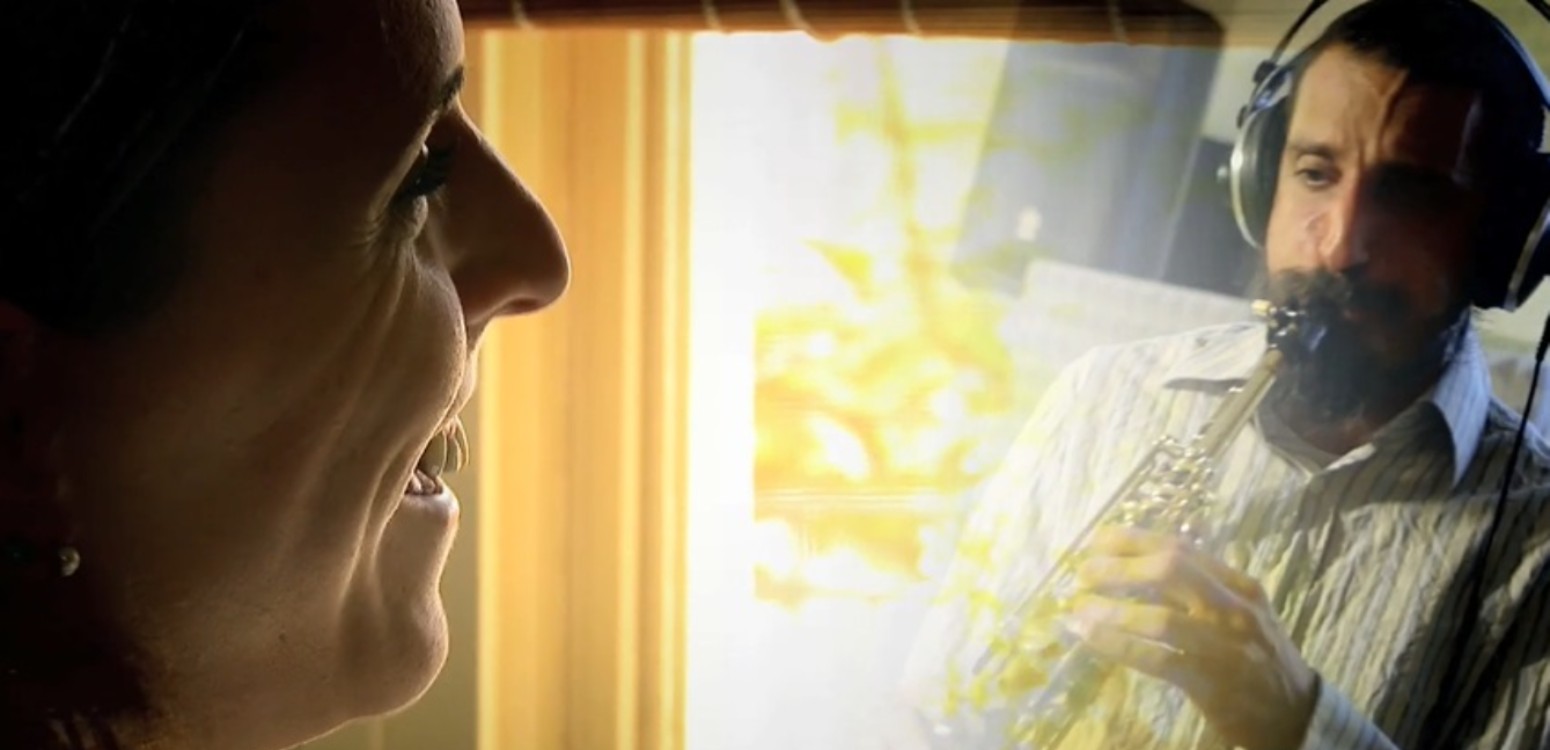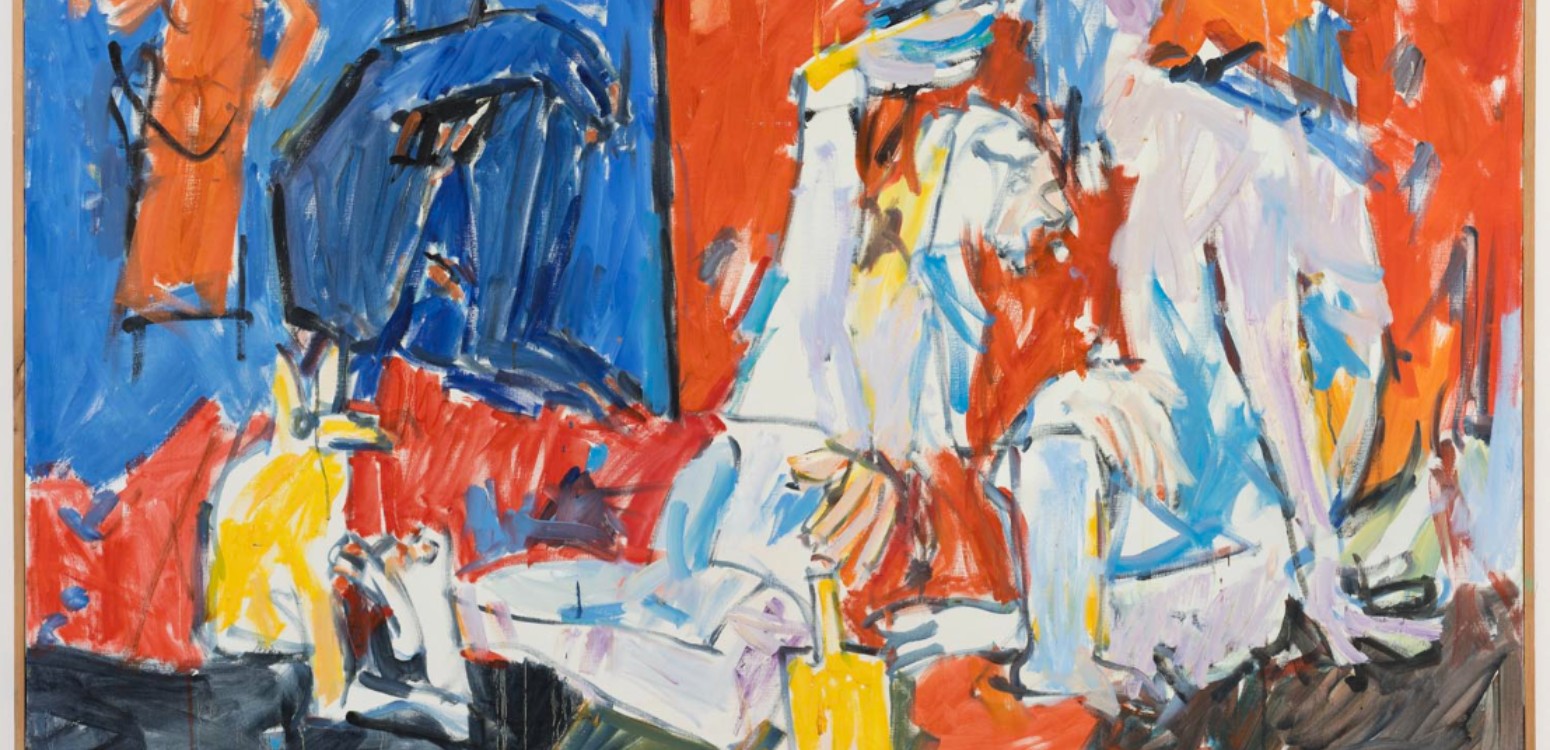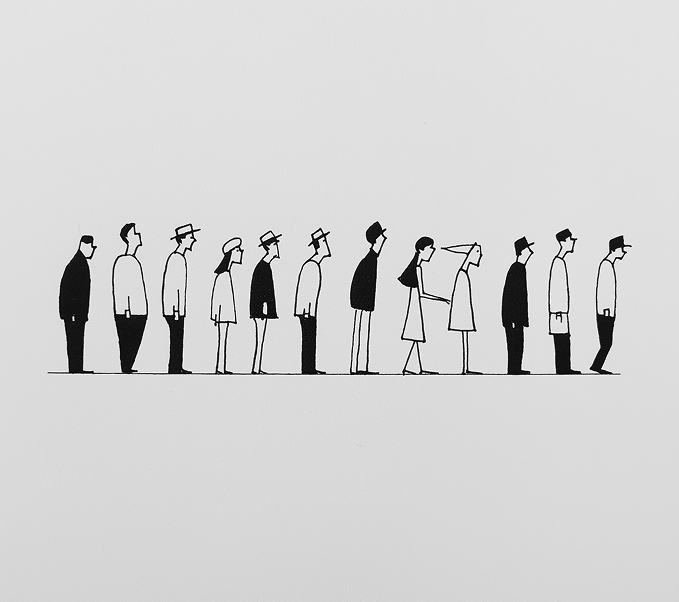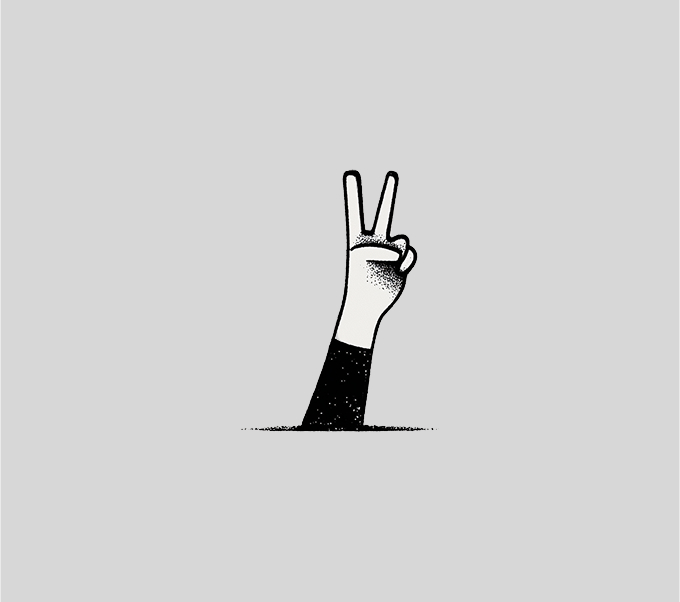
Everybody believes in the myth of the Jewish nose – even we do. How did this racist stereotype become so commonplace?
The Jewish nose is undoubtedly an issue. The term “Jewish nose” has a lengthy Wikipedia page, with an endless list of references, further reading and external links. The Wikipedia page discusses perceptions surrounding the alleged Jewish nose, its history and its depictions in literature and cinema. The Jewish nose is a big thing, but is it real?
If you Google “Jewish nose”, the question “Are Jewish noses a real thing?” will soon pop up. I look in the mirror and around me, at my family, friends and fellow Jews on the Israeli streets. Some have what one might describe as a Jewish nose – more or less. Others don’t. On the other hand, many gentiles have Jewish noses too, which is quite an oxymoron. Can a non-Jew possess a Jewish nose? Doesn’t that cancel the Jewishness of said nose?
Online sources state that there is no such thing as a Jewish nose in real life. According to research, what is described as a Jewish nose is not Jewish at all: it is most prevalent among people from the Mediterranean Basin, with no connection to their religion. Many people from this area – Jews and gentiles alike – possess large hooked noses. So how did this stereotype actually stick to Jews?
Ugly equals sinful
Racism is usually seen as whites targeting “people of color”. Antisemitism is a much more complicated form of racism, as Jews are not as instantly recognizable by their appearance. Jews from different places look different and have different colors of skin. There aren’t really any physical traits connecting all Jews together. However, in order to incite racist feeling towards Jews, unifying physical traits needed to be made up. So – we got the nose. Yes, we got the nose. Meaning that we did not always have the nose.
Historian Sara Lipton claimed in her book “Dark Mirror: The Medieval Origins of Anti-Semitic Iconography” that artistic representations of Jews characterized by hooked noses began in the Middle Ages. It’s worth noting that Jews portrayed in earlier art were not depicted with hooked noses. Even when painting villainous Jews, in ancient paintings of the Crucifixion, they had noses like everybody else, and did not possess any other characteristic physical features either. But once the myth of the Jewish nose emerged – it stuck. This myth served racist political interests well and gained momentum and popularity. So much so that at one point, large noses, curved down with a small bump in the middle, were almost perceived as scientific proof of Judaism.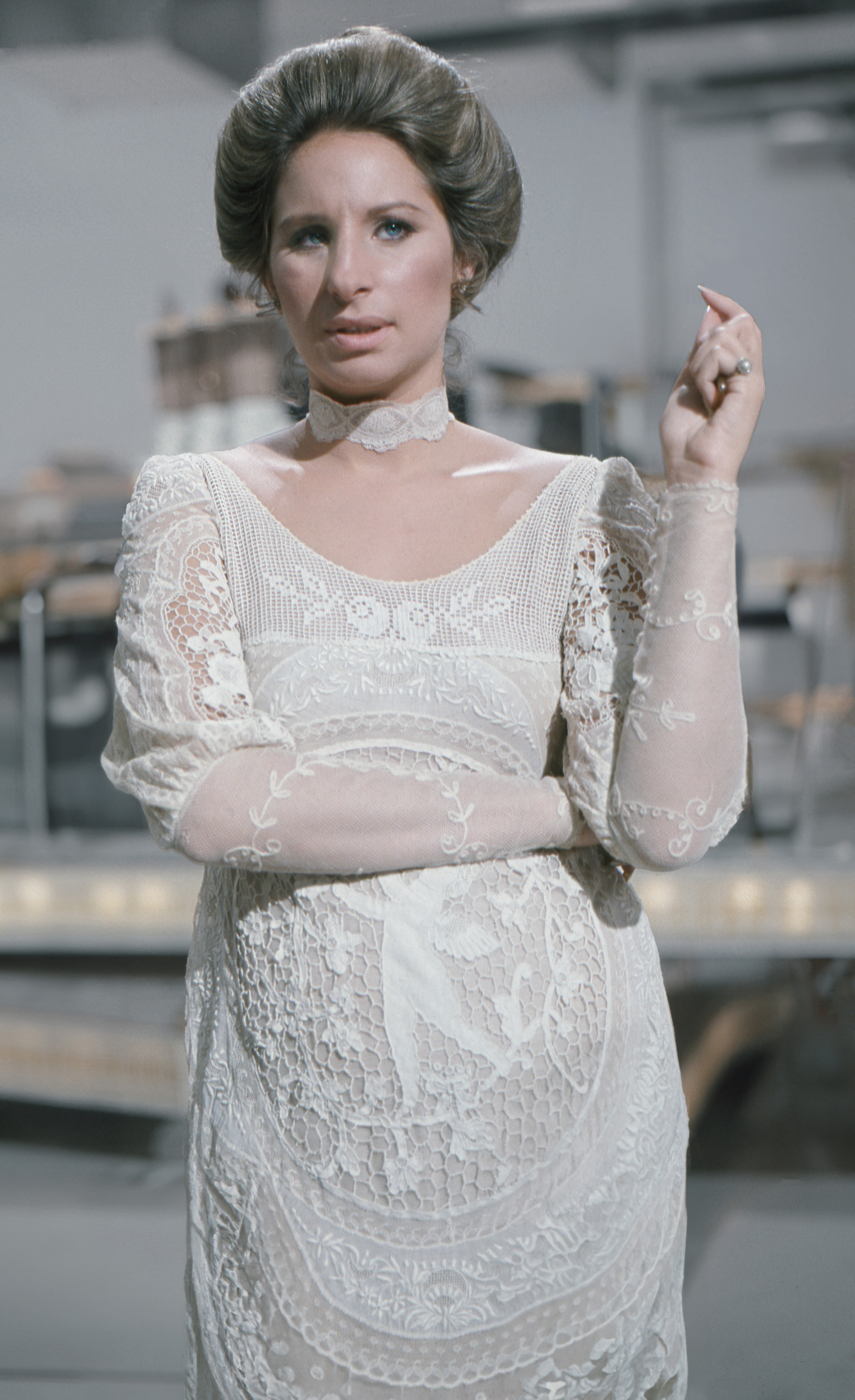
In the XVII century, for instance, antisemitic Spanish nobleman, politician and poet Francisco de Quevedo (1580-1645) wrote the poem named A un hombre de gran nariz (“To a man with a big nose”) about his lifelong nemesis, poet Luis de Góngora (1561-1627), attempting to taint his rival’s purity of Christian lineage by pointing out his hooked nose.
Medieval Christian paintings showed Jews – and other heretics – with predatory beak-like noses to distinguish them from good Christians. Since ancient Greece, the idea that beautiful equals good and ugly equals bad has been prevalent. In a time in which physical deformities and ugliness equaled sin and vice, Jews were drawn as hideous looking creatures, with disgusting huge noses. Only ugly creatures like those could have possibly killed Jesus – as their story goes. It seems that the origin of this stereotype does not stem from any real Jewish characters with such noses, but solely as an easy and effective artistic device to depict Jews as dangerous and disgusting villains.
A staple of Nazi propaganda
Although the stereotype of the Jewish nose arose in the XIII century, in the Middle Ages not all Jews were painted with long noses – some had another kind of ugly nose: a tiny upturned snout-like nose. Plus, not only Jews were depicted with long noses. Pagan Romans or Muslims often received big noses in art too, as they were hated just as much as Jews. Gradually, though, the long, curved nose became more and more specifically identified with Jews, and often accompanied blood libels.
The Jewish nose became the well-known Jewish “trademark” that it is today by the mid-XVIII century. It was a staple of Nazi propaganda. We are all familiar with the antisemitic caricatures of the greedy hand-rubbing bearded Jew with a grotesquely giant downward-pointing nose and have seen the sinister yellow face with the large nose featured in the poster for 1940 propaganda film, “The Eternal Jew” by Fritz Hippler (1909- 2002). Such nasty caricatures were used on posters, in newspapers, pamphlets and books, including children’s books rearing German toddlers on hatred and antisemitism.
Even far from the context of antisemitic propaganda, the stereotype of the nasty Jew with the long nose prevailed. In the 1948 British cinematic adaptation of the Charles Dickens (1812- 1870) novel “Oliver Twist”, for instance, actor Alec Guinness sported a big prosthetic nose to play Fagin, the miser who kidnaps orphans and turns them into pickpockets. This portrayal of Fagin was deemed antisemitic, the film was released in the US only after 12 minutes of it were removed, and it was banned in Israel altogether.
The Jewish nose as a medical issue
Centuries had passed since the stereotype was born, and in the early XX century its influence was stronger than ever. Jewish-German doctor Jacques Joseph (1865-1934), pioneer of cosmetic rhinoplasty, performed many nose jobs on Jews in his own community in Berlin, during the rise of the Nazi party. The main objective of his clientele was to hide their Jewishness. Performing plastic surgery on Jews to alter their noses, as a means to cope with prejudice and antisemitism and improve their social status, became increasingly more popular during the 1920s and 1930s. Medically “correcting” a “Jewish nose” became common jargon for plastic surgeons, and medical literature supported this too, as if this stereotype was an actual physical defect.
Legendary Jewish-American comedienne Fanny Brice (1891- 1951), born Fania Borach, known as the first patient of modern rhinoplasty, was all over the news in 1923, when she had her pioneering nose job. Ironically, Barbra Streisand who portrayed Fanny Brice in the 1960s in the Broadway musical “Funny Girl”, and later in the movie adaptation, never chopped off her Jewish nose; she was always proud of it. On the other hand, Rachel Green, the Jewish character Jennifer Aniston portrayed in the popular 90s sitcom “Friends”, wasn’t proud of her Jewish nose; a well-known storyline in the show was how she became attractive only after going under the knife.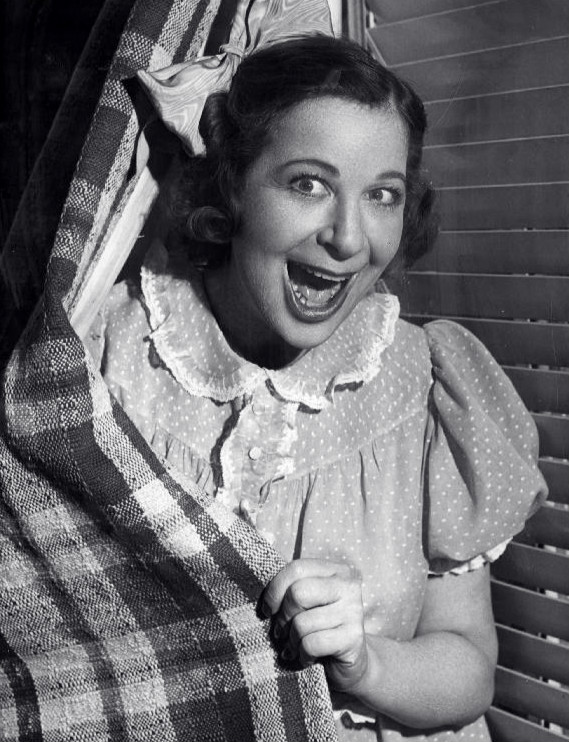
From Streisand and beyond, many Jews have embraced and reclaimed the myth of the Jewish nose. Not all Jews have large hooked noses with a slight bump, but if a Jew happens to have one, it’s undoubtedly better that they wear it with pride rather than wanting to surgically alter it.
For more about the myth of the Jewish nose, see this episode of BAC’s series in Russian, “God Is in the Details” (press CC for English subtitles)
Main Photo: Anti-Semitic "Jewish" caricature\ Wikipedia
Also at Beit Avi Chai

